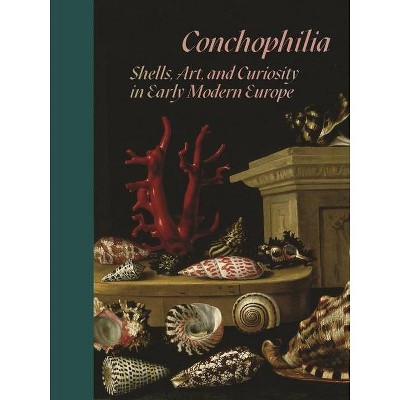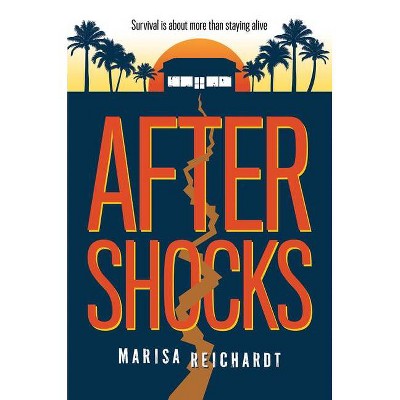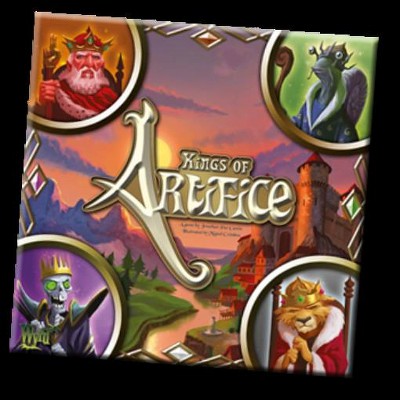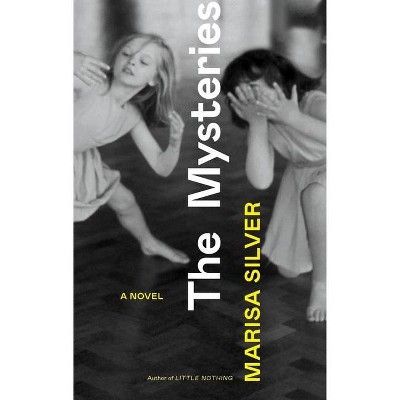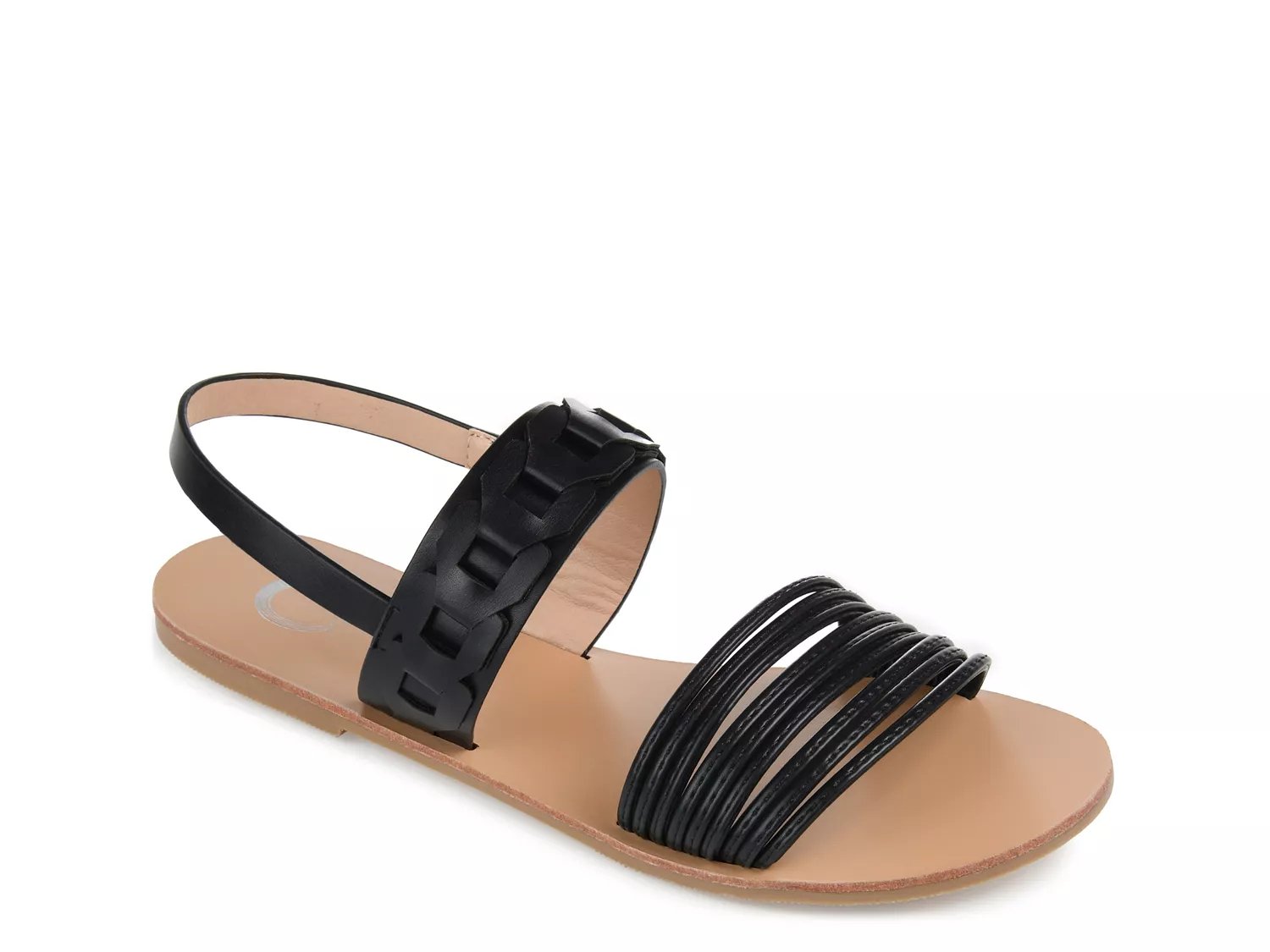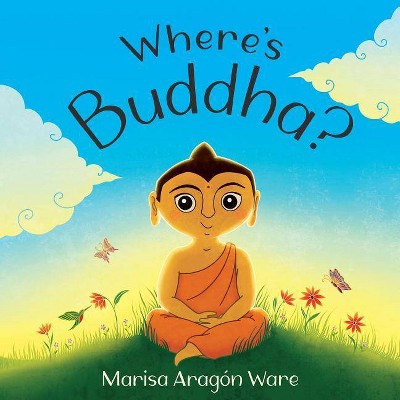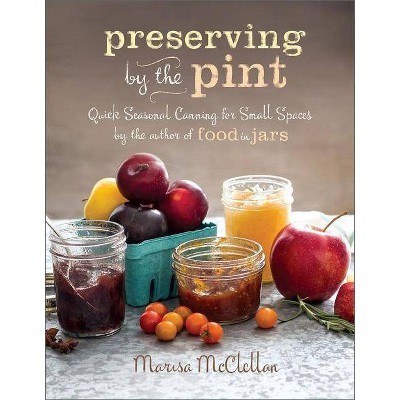Insect Artifice - by Marisa Anne Bass (Hardcover)
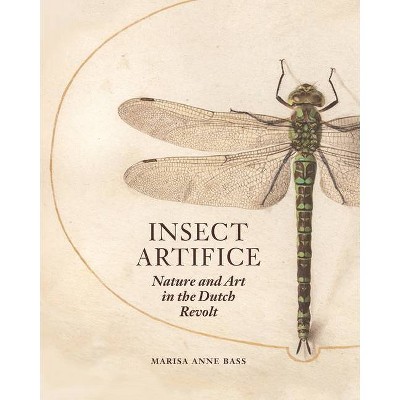
Similar Products
Products of same category from the store
AllProduct info
<p/><br></br><p><b> Book Synopsis </b></p></br></br><p><b>How the nature illustrations of a Renaissance polymath reflect his turbulent age</b> <p/>This pathbreaking and stunningly illustrated book recovers the intersections between natural history, politics, art, and philosophy in the late sixteenth-century Low Countries. <i>Insect Artifice</i> explores the moment when the seismic forces of the Dutch Revolt wreaked havoc on the region's creative and intellectual community, compelling its members to seek solace in intimate exchanges of art and knowledge. At its center is a neglected treasure of the late Renaissance: the <i>Four Elements</i> manuscripts of Joris Hoefnagel (1542-1600), a learned Netherlandish merchant, miniaturist, and itinerant draftsman who turned to the study of nature in this era of political and spiritual upheaval. Presented here for the first time are more than eighty pages in color facsimile of Hoefnagel's encyclopedic masterwork, which showcase both the splendor and eccentricity of its meticulously painted animals, insects, and botanical specimens. <p/>Marisa Anne Bass unfolds the circumstances that drove the creation of the <i>Four Elements</i> by delving into Hoefnagel's writings and larger oeuvre, the works of his friends, and the rich world of classical learning and empirical inquiry in which he participated. Bass reveals how Hoefnagel and his colleagues engaged with natural philosophy as a means to reflect on their experiences of war and exile, and found refuge from the threats of iconoclasm and inquisition in the manuscript medium itself. This is a book about how destruction and violence can lead to cultural renewal, and about the transformation of Netherlandish identity on the eve of the Dutch Golden Age.</p><p/><br></br><p><b> Review Quotes </b></p></br></br><br>Winner of the Roland H. Bainton Book Prize for Art and Music History, Sixteenth Century Society and Conference<br><br>[<i>Insect Artifice</i>] brilliantly brings [the] various facets of the depiction of insects together, in a study of the polymath and artist Joris Hoefnagel.<b>---Kathryn Murphy, <i>Apollo</i></b><br><br>[Bass'] study beds the manuscripts in early-modern empiricism, and beautifully complements the plates--a jewel box of exquisitely rendered sunfish, chameleons, bees, an Indian elephant and more.<b>---Barb Kiser, <i>Nature</i></b><br><br>Bass brings vast learning, remarkable facility with classical texts and meticulous first-hand analysis of the volumes in Washington to bear on her interpretation of Hoefnagel's artifice. . . . This is a nuanced study, hovering between critical biography and wider intellectual and artistic history, of an easily overlooked sixteenth-century master. Bass has eloquently channelled Hoefnagel's message - relevant to our own time - that small things do matter.<b>---Albert Godycki, <i>Burlington Magazine</i></b><br><br>This beautifully illustrated and exquisitely printed book offers a poetic reading of the <i>Four Elements</i> manuscripts.<b>---Jessie Wei-Hsuan Chen, <i>Nuncius</i></b><br><br>****-- "De Volkskrant"<br><br>Bass provides an ideal, humanist reading of Hoefnagel's oeuvre, positing the painter in opposition to the world of sixteenth-century court culture. . . . <i>Insect Artifice </i>is a magnificently illustrated, erudite, and profoundly insightful book. It offers an original and provocative interpretation of how Hoefnagel relied on art to remedy the wounds that the Dutch Revolt had inflicted upon him.<b>---Dániel Margócsy, <i>CAA Reviews</i></b><br><p/><br></br><p><b> About the Author </b></p></br></br><b>Marisa Anne Bass</b> is associate professor of the history of art at Yale University. She is the author of <i>Jan Gossart and the Invention of Netherlandish Antiquity</i> (Princeton). She lives in New Haven, Connecticut.
Price History
Price Archive shows prices from various stores, lets you see history and find the cheapest. There is no actual sale on the website. For all support, inquiry and suggestion messages communication@pricearchive.us
